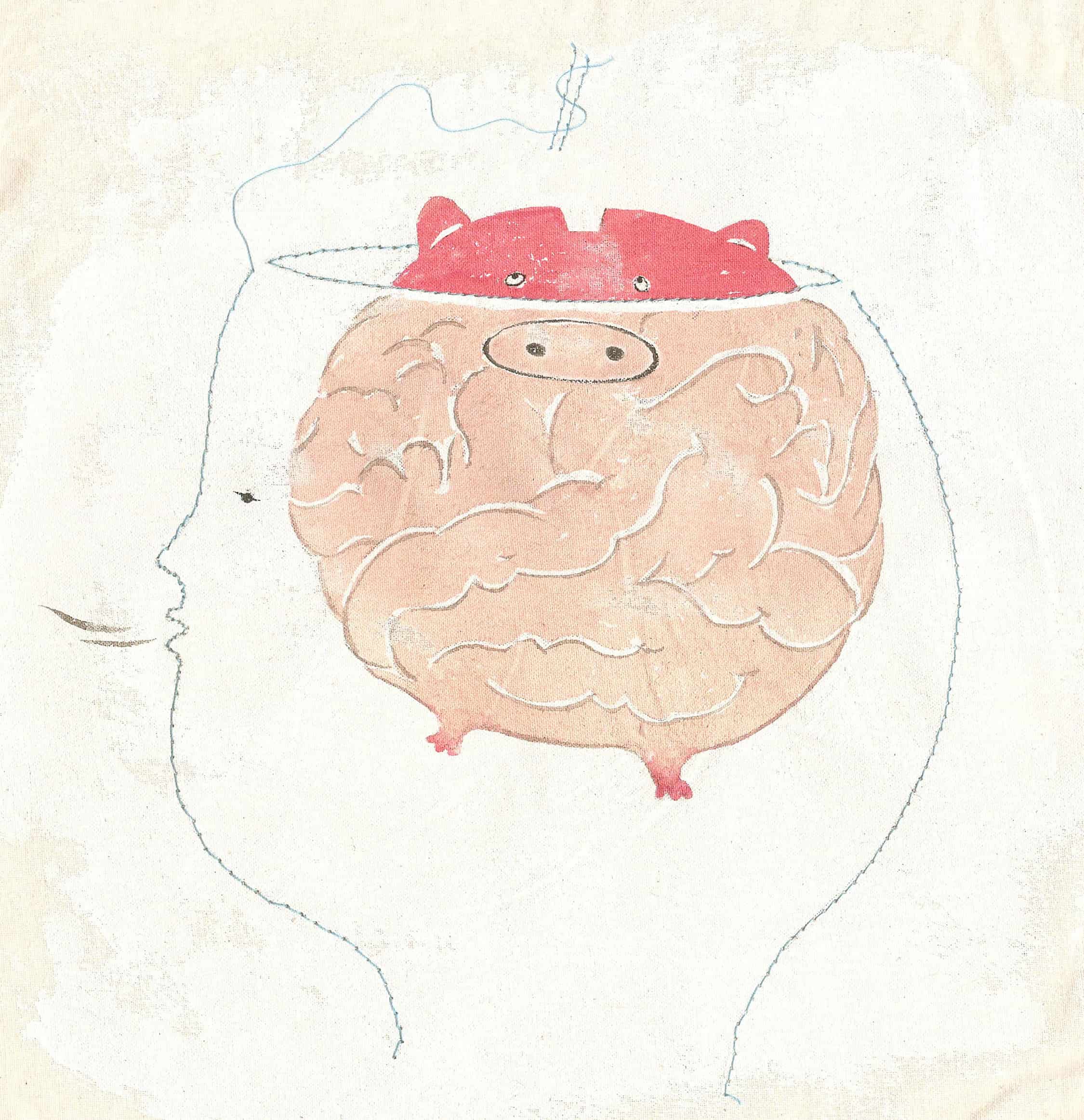This past March, the Ontario government announced it would spend $100 million over the next five years on brain research. This research investment will follow recent initiatives such as the Obama administration’s $3 billion pledge to advance a massive-scale project termed the Brain Activity Map (BAM), as well as a European initiative to create a supercomputer simulation
of the human brain’s grey matter with $1.3 billion, called the Human Brain Project (HBP). In what appears to be a kind of “neuroscience arms race,” research centres across the globe are seeking to unlock the secrets of our most complex organ in what is currently considered the “second decade of the brain.”

DORAN WOO/THE VARSITY
Commentators and experts are drawing comparisons between such wide-scale efforts and the Human Genome Project, which has provided a comprehensive mapping of all 25,000 genes of the human genome and has led to significant medical advancements. A federal government study on the estimated economic impact of the Human Genome Project reported that it returned $800 billion by the year 2010. The economic impact of brain diseases and disorders is estimated at $39 billion annually. The Canadian Institutes of Health Research ranks Canada second in the world in terms of scientific impact in the fields of psychology and cognitive science, and first in the world in the area of pain research.
Through these massive research initiatives, researchers in Canada, Europe, and the United States will work to understand the complex network between the 86 billion neurons that make up the human brain, and how this network — or connectome — is translated into thoughts, feelings, and behaviour.
John Donaghue, professor of neuroscience at Brown University states in Time that the project will involve creating new tools that can better examine the brain with greater functional accuracy than fMRIs and cell microscopy can accomplish. Using existing cutting edge technology such as computational algorithms and nanotechnology, BAM will bring together nanotech engineers and neuroscientists in the hope of revolutionizing how researchers can study the brain in the future. One proposed method is to build a complete model of brain activity by creating networks of molecule-size machines acting as sensors to noninvasively measure and record brain activity at the cellular level.
Some neuroscientists however are less enthusiastic and more skeptical of this direction in brain research. Some argue that scientific advancement is fostered by diversity and freedom of discovery, not by funnelling funds and efforts into a single avenue. Others contend that these projects may divert resources away from studying specific mental illnesses and diseases in favour of a basic science approach that may take decades to yield treatments.
The nature of these international projects is still under question, as much of it will be based on theoretical and possibly incomplete information. The Human Genome Project began with a very clear question that needed to be answered. A mapping of the human brain and its link to behaviour involves a much more intricate and challenging question that will make pursuing the project more difficult.
Dr. Jim Woodgett of Samuel Lunenfeld Research Institute says that policymakers should take a longer view of science instead of rushing to unlock the brain as they did with the less complex human genome and aim for a balanced approach to research and funding. “My worry is that we in the scientific community are becoming all too willing to mortgage the future of balanced science by selling big projects and promises to politicians in the language that they are naturally selected to be drawn to,” he adds. “Brash promises are in. Incremental, considered research
is out.”


